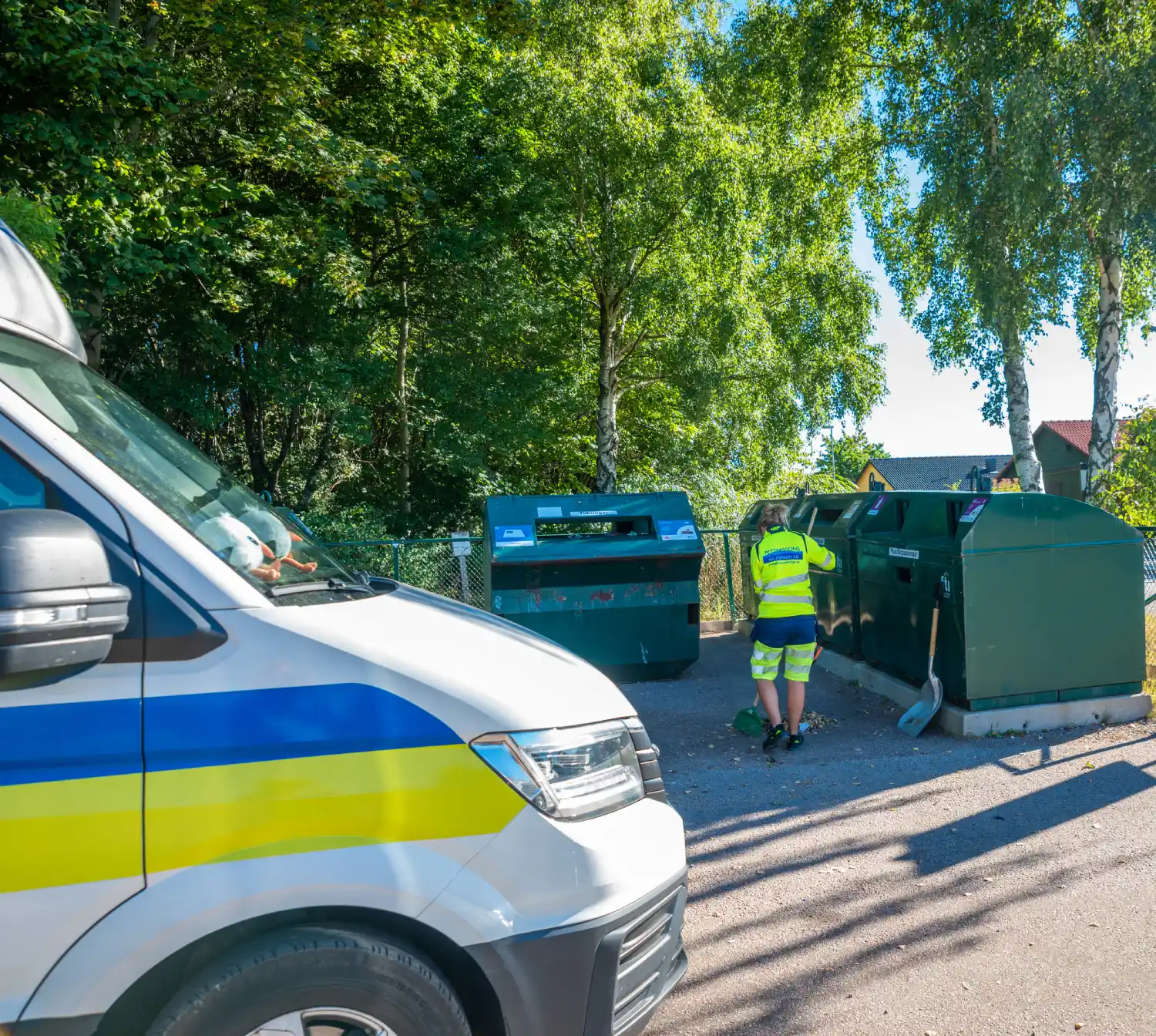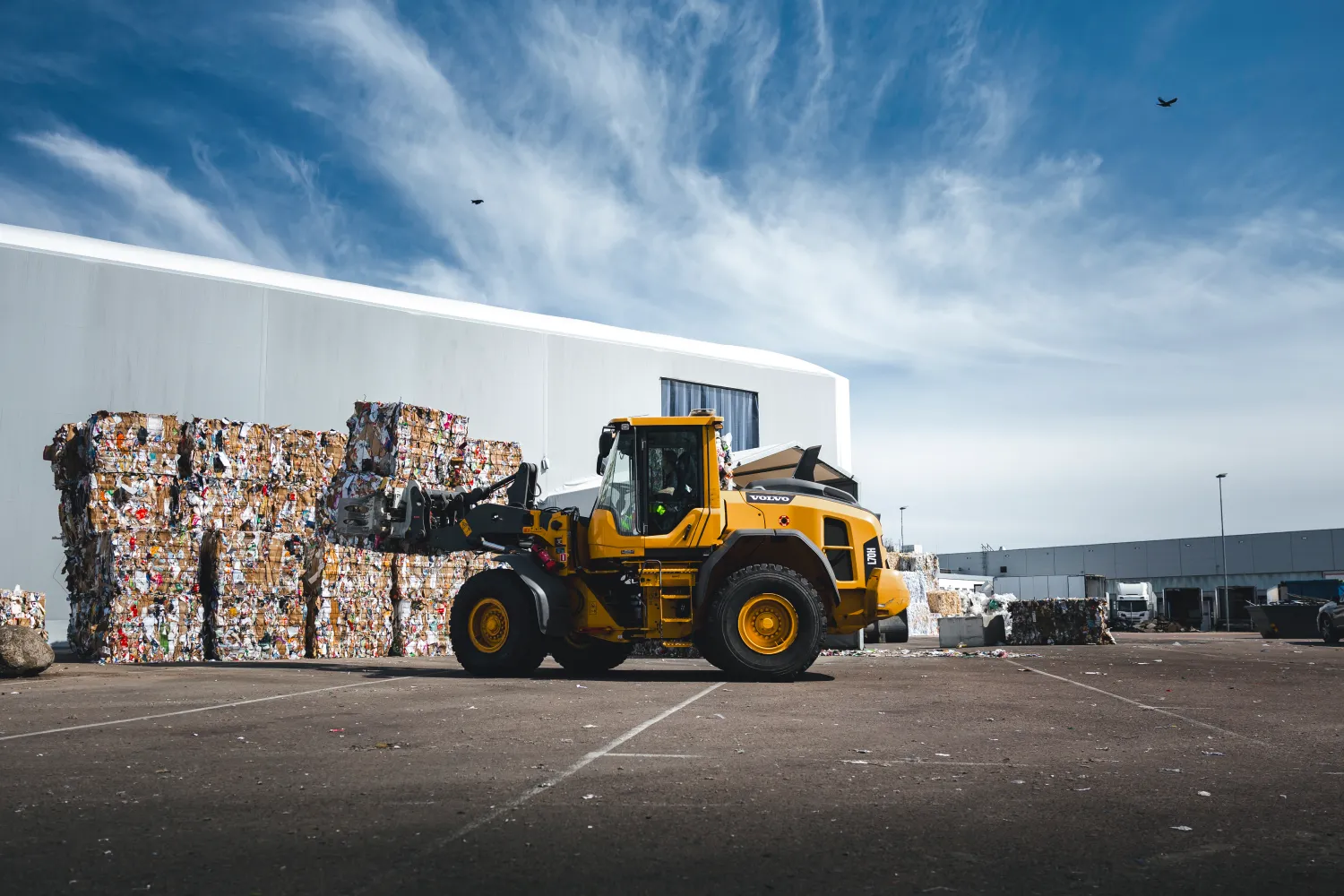Real-World Solutions for Recycling High Volumes Effectively
Real-World Solutions for Recycling High Volumes Effectively
Blog Article
Sustainability has ver quickly become a worldwide priority, and recycling represents a pivotal role in lowering environmental impact. Several companies are actually placing formidable sustainability goals, with effective recycling techniques emerging as a vital strategy. But how just can firms obtain these objectives through smarter recycling procedures? By leveraging efficiency, data-driven methods, and community involvement, Recycling (Återvinning) may travel sustainable change.
Recycling By the Numbers
Did you understand that globally, 2.01 billion tons of waste are created annually? Alarmingly, just about 19% with this spend is recycled. Increasing this figure is a must, as landfills significantly contribute to greenhouse gasoline emissions, sales for approximately 14% of worldwide methane emissions. Recycling not merely decreases landfill addiction but additionally preserves power, with resources like metal eating 95% less power when recycled compared to principal production.

The Role of Efficient Recycling Operations
Effectiveness may be the backbone of successful recycling operations. Without correct waste sorting and recovery techniques, the recycling chain can lose both substance potential and cost-effectiveness. As an example, contamination in recycling bins remains an important concern, with charges averaging at 25% in some areas. These inefficiencies highlight the requirement to streamline procedures for maximum outcomes.
Revolutionary systems like AI-driven spend selecting techniques are becoming game-changers in this field. By increasing selecting accuracy and running speeds, these scientific advancements reduce contamination and boost recycling yields. Moreover, employing smarter logistics in recycling features may cut transportation emissions and improve product healing costs by almost 30%.
Setting and Meeting Recycling Goals
Setting possible recycling targets is crucial for long-term sustainability success. Sweden, for example, has become a head in waste administration, recycling about 99% of home waste. That achievement shows its stringent procedures, considerable infrastructure, and public knowledge efforts. Countries and organizations alike can take a page from Sweden's book by adopting obvious goals and aiming them with measurable KPIs.

One successful strategy is participating towns and employees through recycling education. For example, firms have seen waste diversion prices increase by as much as 20% by just providing training on what can and can not be recycled.
A Sustainable Potential Starts Now
Efficient recycling procedures are far more than simply a checkbox for sustainability goals. They are an important software for reducing waste, preserving power, and approaching weather change. By adopting advanced systems, marketing knowledge, and tailoring recycling goals, businesses and towns can revolutionize their environmental impact. Report this page